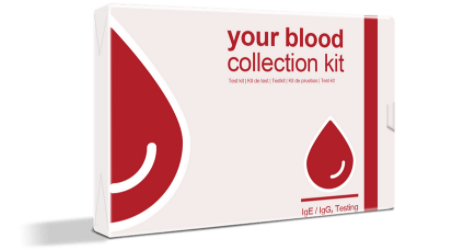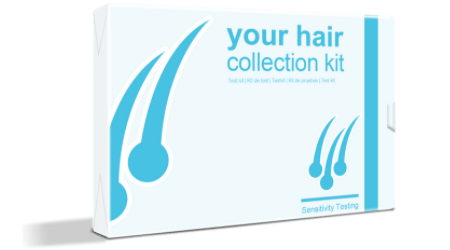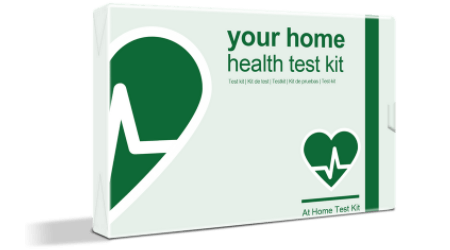You owe it to yourself to take proper care of your body. When you take care of it, it takes care of you. When it comes to what that actual care is, food intolerances play an integral role. Enjoying food without fear of symptoms means that you have to understand what the food intolerance relates to and what it doesn’t. The easiest two to confuse are lactose intolerance and dairy intolerance.
The difference between lactose and dairy
Between obscure packaging or those products that are trying to oversell themselves to get buyers, you often see all sorts of “[ingredient]-free” labels. The more you see, the easier they are to confuse with each other.
When you see “lactose-free” written on, say, a carton of milk, it means that the lactose — a prime ingredient in dairy — has been extracted from the milk itself. Similar to when you see “fat-free” on a pack of cookies, it means that the mentioned ingredient was originally in the product, and was then removed.
On the other hand, when you see “dairy-free”, it means the product never contained dairy in the first place. Therefore, it is entirely free from dairy because it never had any, to begin with. The prime example is that same carton of milk versus a carton of almond milk. Almond milk is dairy-free because it is produced from the almonds and not from a cow or goat, etc.
Dairy can be lactose-free, but lactose cannot be dairy-free. As if you needed another thing to think about, right?
How to differentiate between a lactose or dairy intolerance
Now that the distinction between the two is clear, it’s important to take this understanding and apply it to food intolerances. You can be dealing with lactose intolerance or dairy intolerance, and the answer to which one is going to be determined by taking a look at what you’re reacting to.
- Lactose intolerance: The best way to determine between these two is to switch to lactose-free foods for a while and see if it alleviates your symptoms. You can find quite a few options in the markets, now, for lactose-free milk or cheese. In using these, you’ll find it easier to see whether it was lactose intolerance or not. If you notice no difference, lactose may not be the issue!
- Dairy intolerance: The most convenient way to identify a dairy intolerance is, you guessed it, to switch to non-dairy products. The best examples would be almond or plant-based milk and associated products. If your symptoms disappear while you stay off of the lactose products, it is a sure sign that you are dealing with dairy intolerance and not lactose intolerance.
If you’re still not sure which one that you’re dealing with — your confusion is completely justified — then it’s best to consider getting a food intolerance test. This will confirm, once and for all, which condition you are dealing with, and even how severe it is. This will make an elimination diet that much easier to prioritize.


